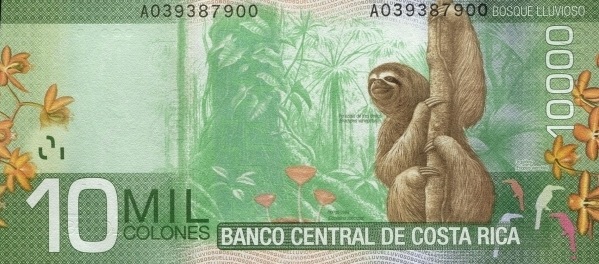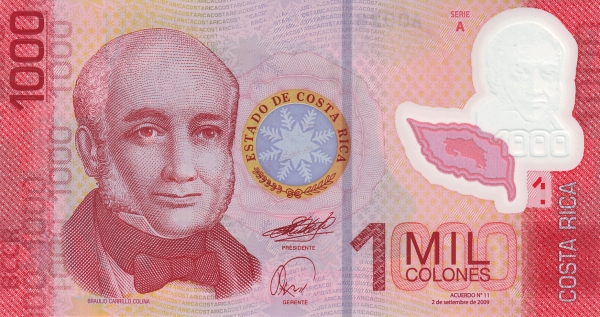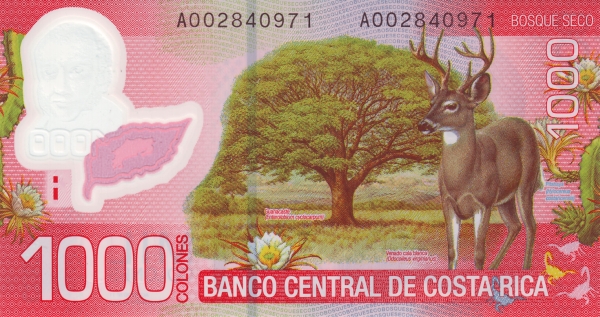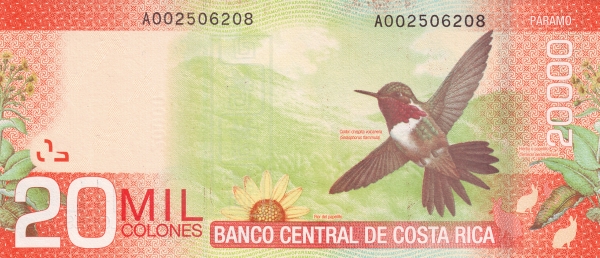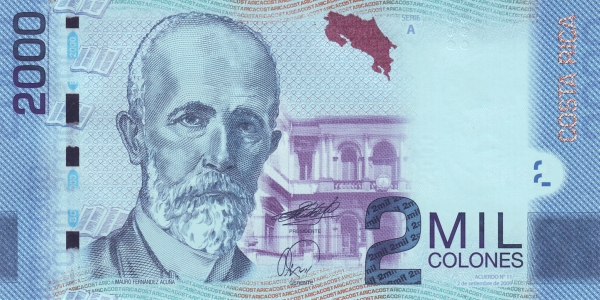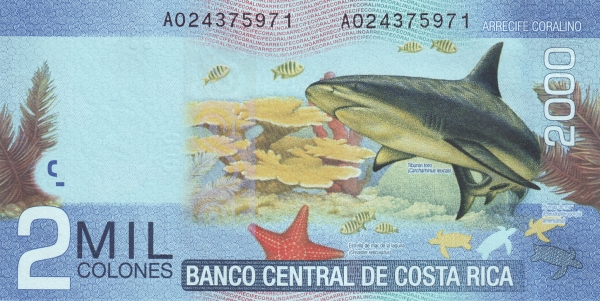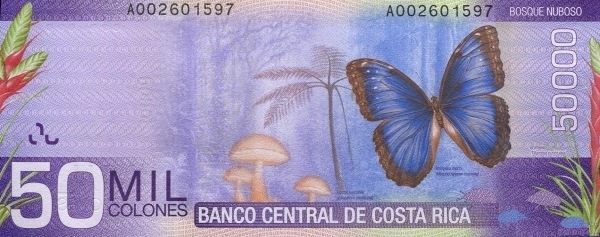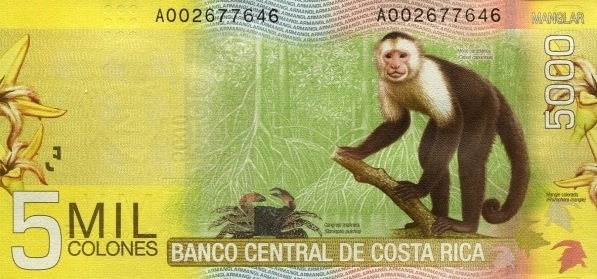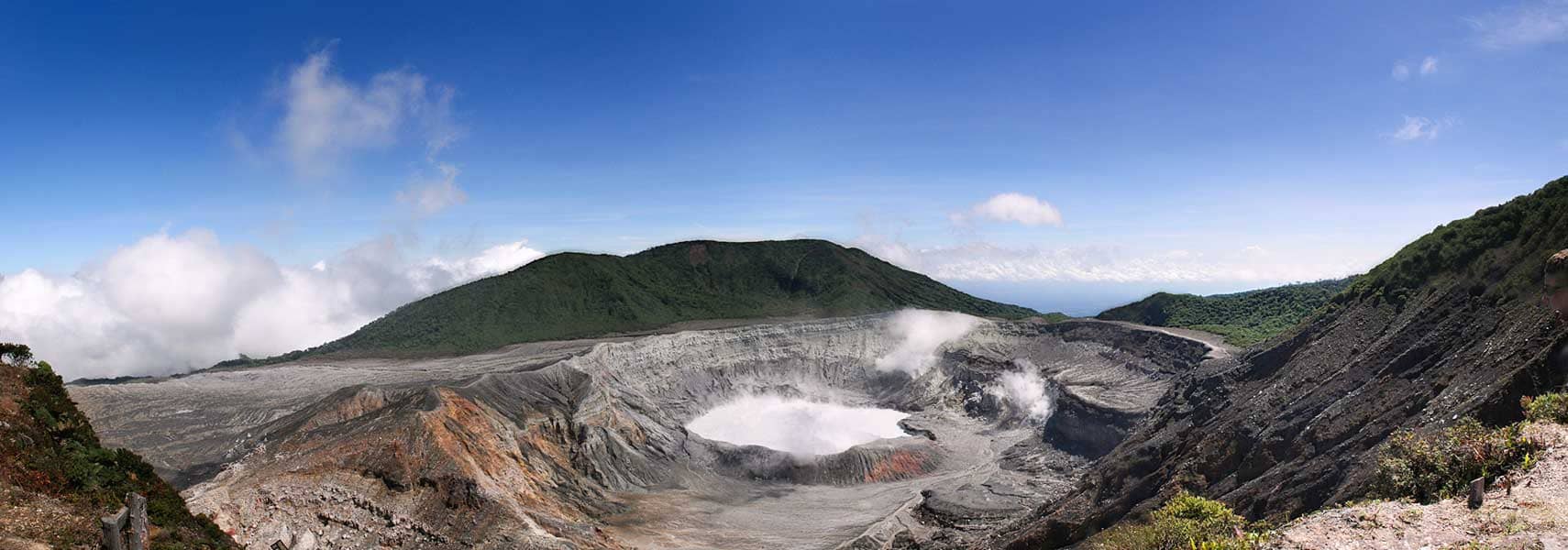Costa Rica: A Land of Natural Beauty and Diversity
Costa Rica, located in the heart of Central America, offers stunning coastlines that embrace both the Pacific Ocean and the Caribbean Sea. This enchanting country, bordered by Nicaragua to the north and Panama to the southeast, spans an area of approximately 51,100 square kilometers. To put this size into perspective, Costa Rica is similar to Slovakia or slightly smaller than the state of West Virginia in the United States. With a rich blend of cultural heritage and biodiversity, this nation attracts millions of travelers each year, eager to explore its vibrant landscapes.
Historical Background of Costa Rica
Delving into the historical background, Costa Rica was once part of the southernmost province in the Spanish territory known as New Spain. Unlike many of its Central American neighbors, Costa Rica has a population mainly composed of European descent rather than mestizo. Fortunately, the country has enjoyed a remarkable political stability, particularly since the late 19th century. Notably, only two brief periods of violence have interrupted its democratic journey. This stability has fostered an environment where agriculture thrives and tourism emerges as a booming industry, contributing significantly to the nation's economy.
Government Structure of Costa Rica
Costa Rica operates as a democratic republic. The nation celebrates Independence Day on September 15, marking its liberation from Spanish colonial rule in 1821. Furthermore, the Constitution, enacted on November 7, 1949, lays a strong foundation for democratic governance. Citizens actively participate in the political process, and free elections are a hallmark of governmental function. Additionally, the absence of a standing army since 1949 symbolizes Costa Rica's commitment to peace and diplomacy over military conflict, setting a notable example for neighboring countries.
Geographical Features of Costa Rica
The geographical landscape of Costa Rica is nothing short of astonishing. Nestled between the Caribbean Sea to the northeast and the North Pacific Ocean to the southwest, the country boasts diverse topography. With an area of 51,100 km² (19,729 sq. mi.), the terrain features coastal plains interspersed with rugged mountains. Notably, over 100 volcanic cones punctuate the landscape, several of which are major volcanoes, contributing to a unique ecological system. Costa Rica's climate varies from tropical to subtropical, experiencing a dry season from December to April and a rainy season from May to November. The highlands enjoy cooler temperatures, inviting a delightful variety of flora and fauna to thrive.
Population and Culture in Costa Rica
As of 2015, Costa Rica's population stood at approximately 4.8 million individuals. The inhabitants, known as Costa Ricans, reflect a rich tapestry of ethnic backgrounds. Around 94% of the population identifies as European or mestizo, while 3% traces their roots to African heritage, 1% to Chinese ancestry, and another 1% to indigenous groups. Language plays a vital role in shaping cultural identity, with Spanish as the official language. Interestingly, a southwestern Caribbean Creole dialect of English is also spoken in the Limón area, showcasing the country's multicultural influences.
Religion and Literacy in Costa Rica
Religion holds significance in Costa Rican society, with Roman Catholicism being the predominant faith, embraced by 69% of the population. About 18% identify as Protestant, while roughly 12% claim no religious affiliation. This religious diversity coexists peacefully, fostering an environment of mutual respect. Education is a priority in Costa Rica, resulting in an impressive literacy rate of 96%. This high level of education aids in promoting civic engagement and informed citizenship, further contributing to the stability of the nation.
Natural Resources and Economy of Costa Rica
Costa Rica is rich in natural resources that support its economy. Hydroelectric power, along with forest and fishery products, plays a crucial role in energy production and environmental sustainability. The agricultural sector flourishes, producing lucrative crops such as coffee, pineapples, bananas, sugar, corn, rice, beans, and potatoes. Notably, beef and timber also rank among the country’s major agricultural exports. The economy has diversified, with industries focusing on microprocessors, food processing, textiles and clothing, construction materials, fertilizers, and various plastic products.
Export Partners and Economic Impact
In terms of international trade, Costa Rica maintains robust relationships with several export partners. The United States accounts for a significant 33.6% of exports, followed by China at 6.2% and Mexico at 4.6%. Nicaragua and the Netherlands also feature among the top trading partners, with 4.3% and 4.2% of exports, respectively. This interconnectedness with global markets not only fuels local economies but also enhances Costa Rica's standing as a competitive player in the international arena. Furthermore, the government fosters policies to attract foreign investment, particularly in the technology and tourism sectors.
Ecotourism and Conservation in Costa Rica
One of the most captivating aspects of Costa Rica is its dedication to ecotourism and environmental conservation. The country features an impressive 25% of its land designated as protected areas, including national parks and wildlife reserves. This commitment to preserving natural habitats allows visitors to experience Costa Rica's rich biodiversity firsthand. Nature enthusiasts can explore lush rainforests, picturesque beaches, and vibrant wildlife, making Costa Rica a premier destination for eco-friendly travel.
Wildlife and Natural Wonders
The diverse ecosystems in Costa Rica serve as a sanctuary for an incredible array of wildlife. Home to approximately 5% of the Earth's biodiversity, the country showcases numerous species, from colorful birds like toucans and scarlet macaws to fascinating mammals like sloths and jaguars. Adventurers can embark on guided tours, which often include opportunities for birdwatching, hiking, and even zip-lining through the treetops. Each excursion reveals the breathtaking beauty of the landscapes, highlighting Costa Rica's commitment to sustainability and conservation.
Conclusion: Embracing Life in Costa Rica
Costa Rica is much more than just a destination; it represents a harmonious blend of nature, culture, and history. Its geographical beauty captivates the heart, while its people embody warmth and hospitality. As travelers flock to discover the wonders of this tropical paradise, they contribute to the country's thriving economy and vibrant culture. Costa Rica stands as a shining example of a nation that excels in promoting peace, biodiversity, and sustainability. By embracing life in Costa Rica, visitors not only immerse themselves in its enchanting landscapes but also support the vision of a brighter, greener future for generations to come.
Largest cities of: Costa Rica
| City Name | Population | Year of foundation | |
| San José | 340,000 | 1776 | |
| Alajuela | 90,000 | 1820 | |
| Limón | 82,000 | 1870 | |
| Heredia | 50,000 | 1706 | |
| Puntarenas | 30,000 | 1855 | |
| Cartago | 16,000 | 1563 |
Costa Rica: Money

